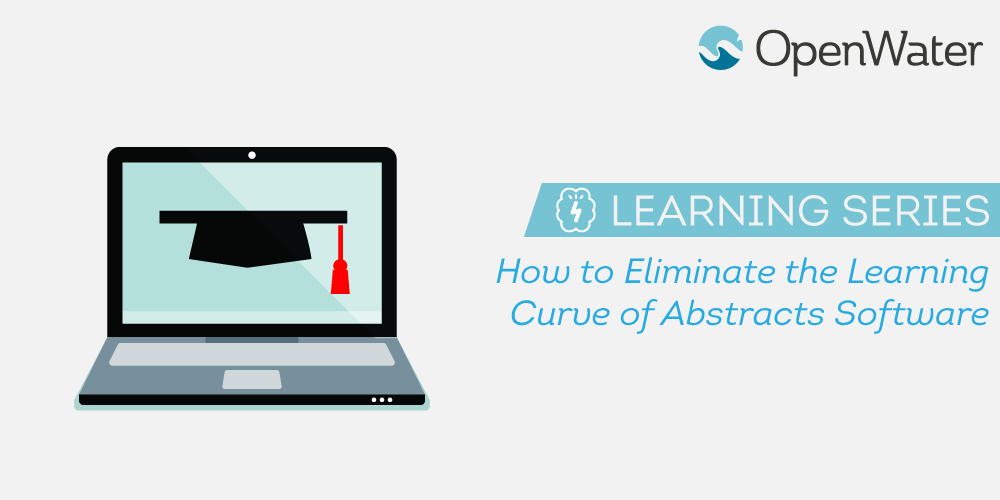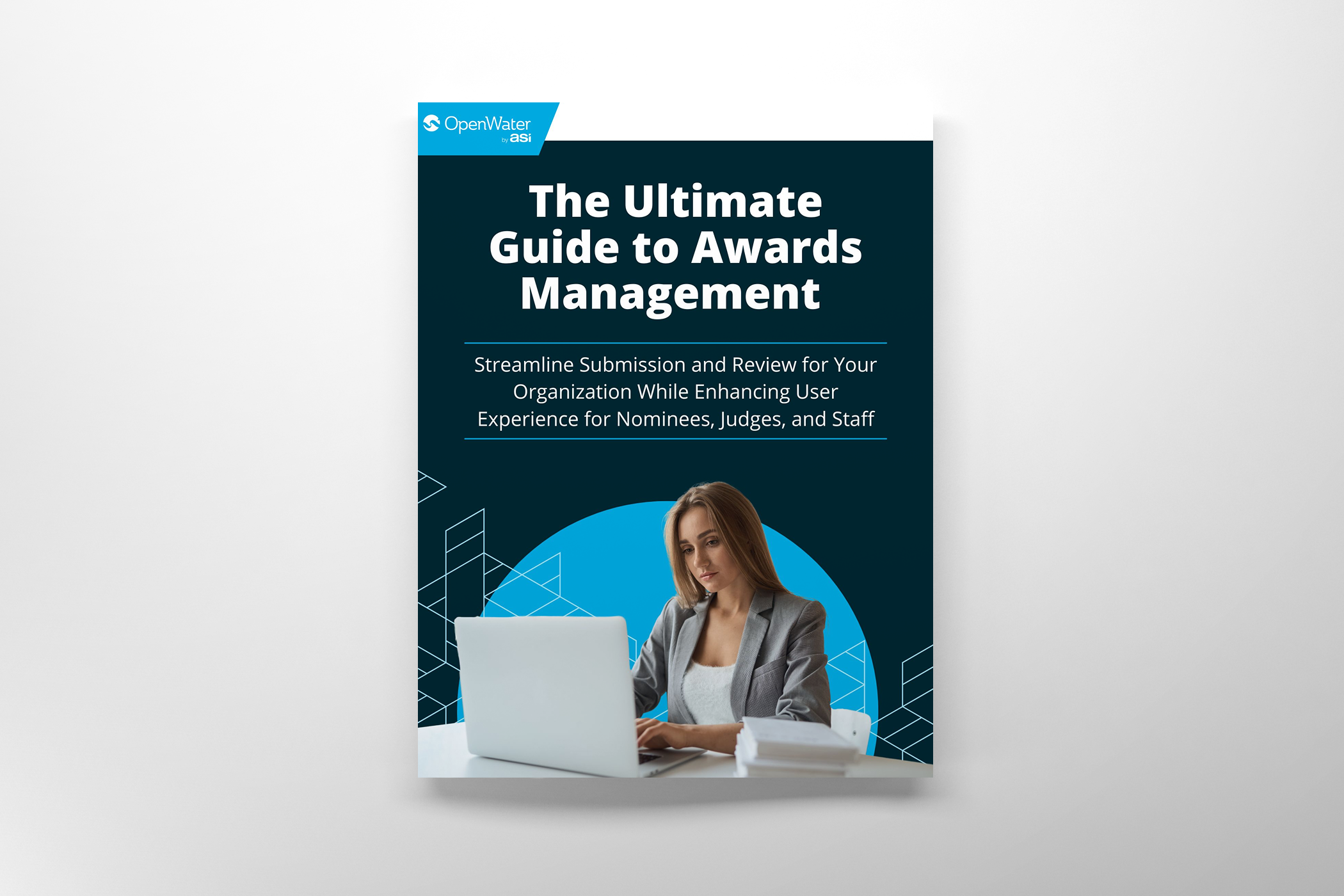
How to Eliminate the Learning Curve of Abstract Software
You’re right: there is a learning curve in abstract software. After all, there is a learning curve (no matter how big or small) with any kind of new software, right?
The difference with abstract software is simple: the learning curve is not nearly as menacing as you think.
Executives like you struggle to choose abstract software for one simple reason: they believe both they and their staff will have a difficult time learning the software and adjusting to it. Luckily, there are steps you can take to lessen, or even eliminate, the learning curve you’re expecting.
Eliminate the Learning Curve for Entrants
Those who are submitting abstracts for your conference will have to make an adjustment when you invest in software. However, this often makes the process simpler and less tedious, meaning the learning curve isn’t as significant as you may think.
Software itself actually lessens the learning curve in a number of ways:
- Offering More Submission Formats – Most abstract software allows entrants to submit materials in PDF as well as different audio and graphic formats. This makes it simpler for them to submit materials.
- Include FAQs – Are there some features you believe entrants may struggle with or questions you keep receiving? If so, it’s best to compile questions into a FAQ section so entrants have additional resources to help with the adjustment process.
- Allowing Draft Saves – Abstract software should also allow entrants to save their submission, even if it’s incomplete. This is yet another way abstract software makes the entry process less tedious and less of a burden on entrants.
Eliminate the Learning Curve for Reviewers
Reviewers will also have to adjust to scoring purely in software rather than in-person, if your conference was still using in-person judging that is. From this perspective, software also makes the process easier rather than more challenging:
- Clearly Defined Scoring – Scoring in abstract software leaves nothing to chance because it forces reviewers to abide by the system you’ve chosen. This fosters consistency and legitimacy in your judging and translates to a successful conference.
- Rolling Scoring – Rather than waiting for all submissions to come in before judging, abstract software allows for rolling scoring. This means judges or reviewers can login to the system whenever they want to begin scoring entries.
Eliminate the Learning Curve for Your Staff
Of all people, your staff is likely to have the greatest learning curve because they’ll work with the software closely and on a daily basis. Luckily, there are resources at your disposal to get familiar with your system quickly and efficiently.
Depending on which abstract software you select, there is likely an onboarding process where you and your staff can learn all the main features. Moreover, there will be support staff along the way to assist with any questions you may have.
If you’re still concerned about the learning curve, ask yourself: “is it really better to maintain the current, inefficient system because staff members will have to learn a new system?” In all likelihood, the answer is no.
Abstract Software Doesn’t Involve a Major Learning Curve…
In fact, it does away with many of the hassles and inefficiencies of your existing system and offers an intuitive, convenient way to organize and execute an abstracts conference.
So, what are you waiting for?
